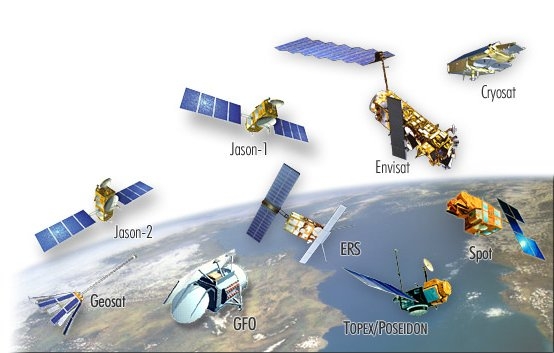Figure 1: ESA Altimetry Missions: ERS, Envisat and CryoSat. NASA/CNES Altimetry Missions: GEOSAT, TOPEX-POSEIDON, GFO, Jason-1, Jason-2, Jason-3 and Altika.
ESA Altimetry Missions
Since 1991, there has been a continuous series of ESA altimetry missions, starting with ERS-1 (1991) and followed by ERS-2 (1995), Envisat (2002) and CryoSat (2010).
The objective of the Sentinel-3 mission is to provide operational measurements for 20 years using robust and stable altimetry technology already proven in previous ESA missions. The minimum baseline altimeter performance required shall be the same as Envisat and CryoSat altimeters.
The altimetry instrument is similar to that of the CryoSat mission but with the interferometry mode not included. CryoSat is ESA's dedicated mission to monitor changes in the thickness of marine ice floating in the polar oceans, and to monitor variations in the thickness of the ice sheets covering Greenland and Antarctica. The Sentinel-3 mission continues the monitoring of the sea state, wind speed, sea-ice and ice thickness as started by the ERS, Envisat and CryoSat missions.
The operating modes available to the Sentinel-3 mission are High Resolution Mode (commonly called SAR) and Low Resolution Mode (LRM). High Resolution Mode is set for 100% of the coverage for all types of surfaces. LRM is a back-up mode only. LRM is the operating mode used in ENVISAT. High Resolution Mode was also used by CRYOSAT but only operated over sea-ice areas and over some ocean basins and coastal zones. Continuity of the ENVISAT mission is guaranteed by the generation of pseudo-LRM data products from High Resolution Mode data products at Level-1 processing.
The Sentinel-3 orbit (altitude and inclination) is almost the same orbit as Envisat, allowing continuation of the ERS/Envisat time series.
The C-band frequency is a standard chosen in almost all altimetry missions. The S-band frequency was chosen for ENVISAT because the SAR instrument (ASAR) was working on C-band frequencies and the radar altimeter instrument could produce interference to the SAR instrument (ASAR).
The orbit inclination and altitude for Sentinel-3 were selected to produce an orbit that repeats every 27 days, rather than every 35 days as for ERS and Envisat. This improvement in sampling frequency is at the expense of slightly wider spaced tracks (104 km apart at the Equator).
| Mission | Lifetime | Altimetry instrument | Altitude | Inclination | Frequency | Revisit time |
| ERS-1 | July 1991 - June 1996 |
RA | 785 km | 98.52° | Ku-band | 35 days |
| ERS-2 | April 1995 - June 2003 |
RA | 785 km | 98.52° | Ku-band | 35 days |
| Envisat | March 2002 - April 2012 |
RA | 800 km | 98.55° | Ku-band S-band |
35 days |
| CryoSat | April 2010 - Ongoing |
SIRAL | 717 km | 92° | Ku-band | 369 days (30 day sub-cycle) |
| Sentinel-3A | 2016 - Ongoing |
SRAL | 814.5 km | 98.65° | Ku-band C-band |
27 days |
| Sentinel-3B | 2018 - Ongoing |
SRAL | 814.5 km | 98.65° | Ku-band C-band |
27 days |
Other Altimetry Missions
The next ESA altimetry mission is SENTINEL-6 in 2020.
See the Radar Altimeter Tutorial for further information about past, present and future altimetry missions.
